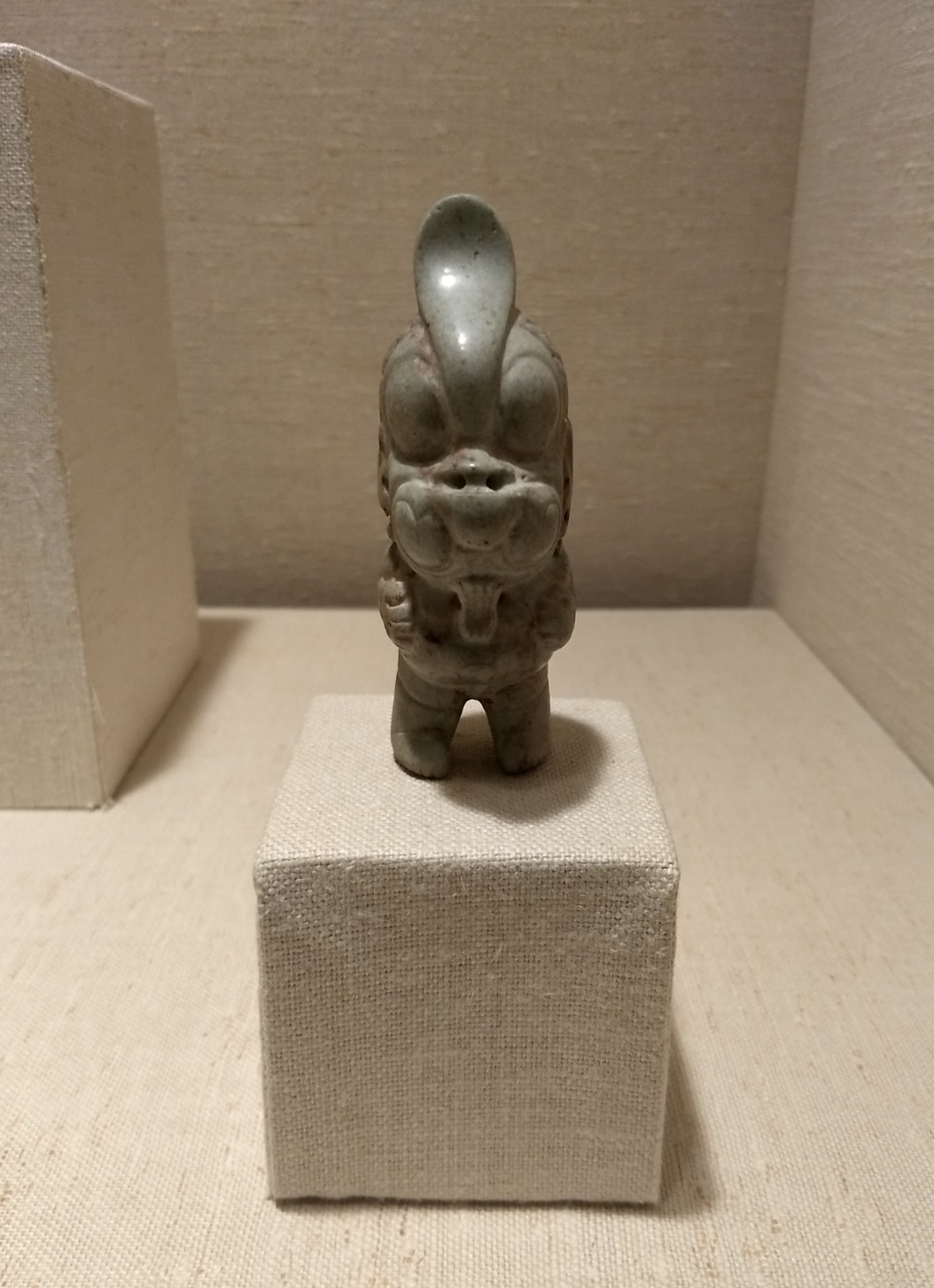Way back in the day, my first museum internship—first museum position of any kind—was in the Met’s Department of the Arts of Africa, Oceania, and the Americas (AAOA). Although the collection is united more by Western colonialism than any intrinsic cultural, philosophical, religious, physical, temporal, or geographic similarities, the diverse works sheltered beneath AAOA’s too-broad umbrella are nonetheless incredible, if often overlooked by hurried visitors. Indeed, one of the more disappointing things to have not changed in the almost 20 years since I worked there is the fact that most tourists treat the AAOA galleries as little more than a corridor between Classical and Modern art, rather than as a destination unto themselves.
Of course, the relative lack of public interest also makes exploring these galleries all the easier for those of us who are fascinated by their contents. On my most recent, too-brief visit this August, I got to spend a little time with some of my favorite items from the pre-Columbian section, and thought I would share some (okay, a lot) of them here.
The Met has most of its collection online, usually with multiple images and longer descriptions than I’m providing. I’ve linked to the individual objects in my captions for those seeking additional information.































